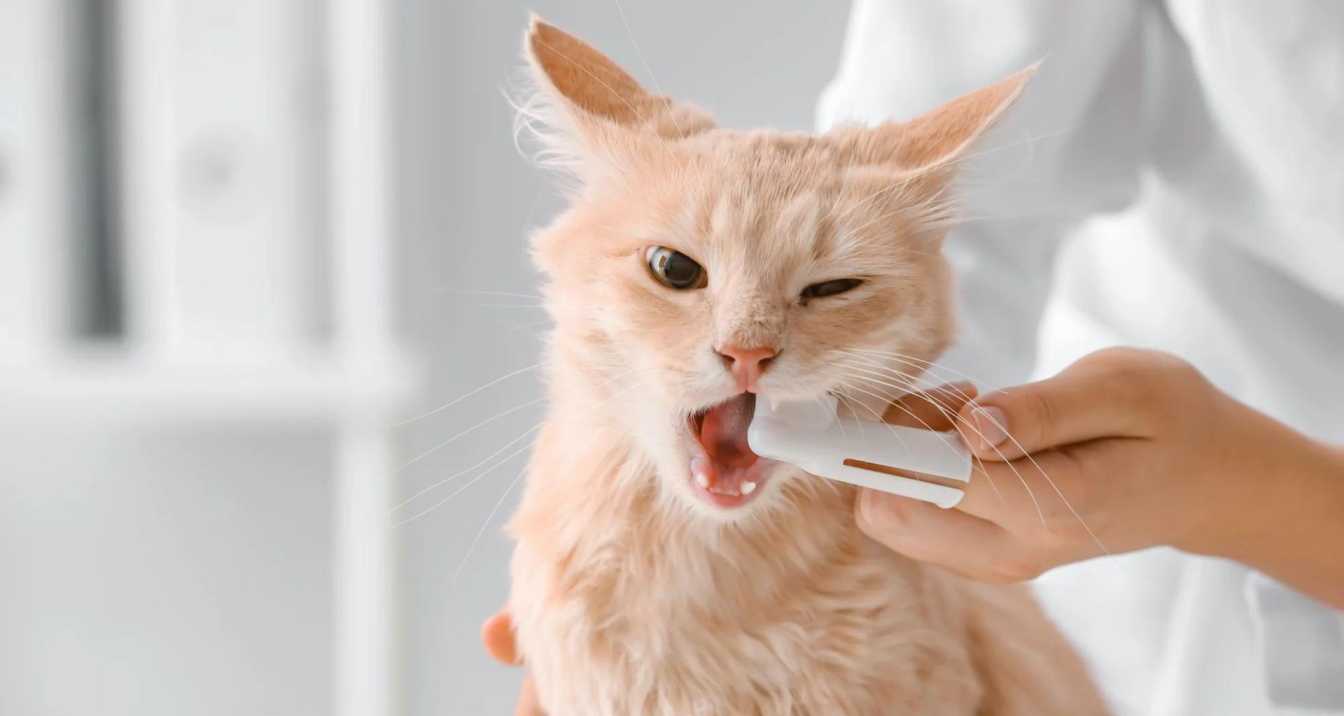How to Clean Your Cat’s Teeth Effectively is a crucial topic for cat owners who want to ensure their feline friends maintain optimal health. Dental hygiene is as important for cats as it is for humans. Neglecting it can lead to various health issues, including gum disease, tooth decay, and bad breath. Regular cleaning of your cat’s teeth can prevent these problems.
Cleaning your cat’s teeth might seem challenging, but with the right approach and tools, it can be done effectively. To clean your cat’s teeth effectively, start by getting your cat accustomed to having their mouth touched. Use a cat-friendly toothbrush and toothpaste, and gently brush their teeth in a circular motion. Doing this regularly, ideally every day, is essential to maintain good oral health.
Why Is Dental Care Important for Cats?
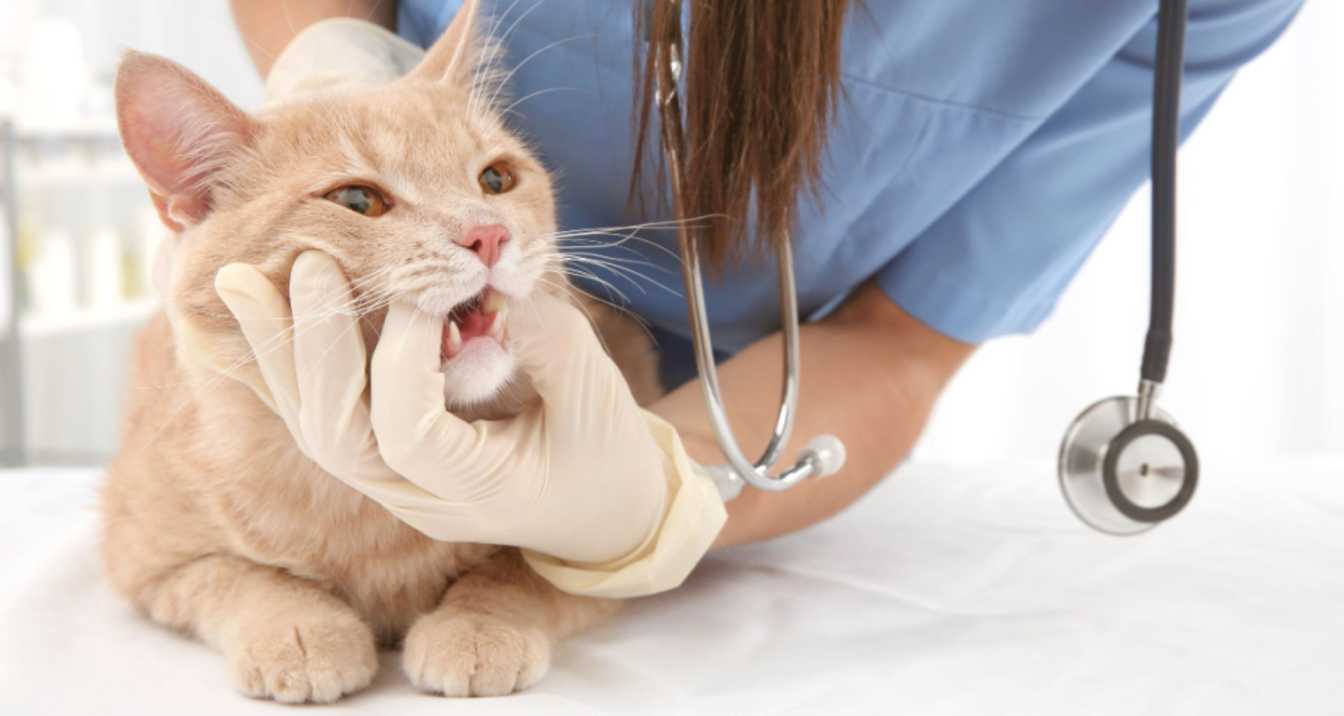
If you do not care for your cat’s teeth properly, it can suffer from periodontal disease. If the bacteria spread, pain, tooth loss, and possibly other organs can also be affected. Taking care of your cat’s teeth is as important as any other part of your cat’s health.
Plaque and tartar, the main cause of cat dental problems, can be prevented by regular dental cleanings. This can lead to gingivitis and periodontal disease. If the plaque hardens in tartar.
Benefits of Regular Teeth Cleaning
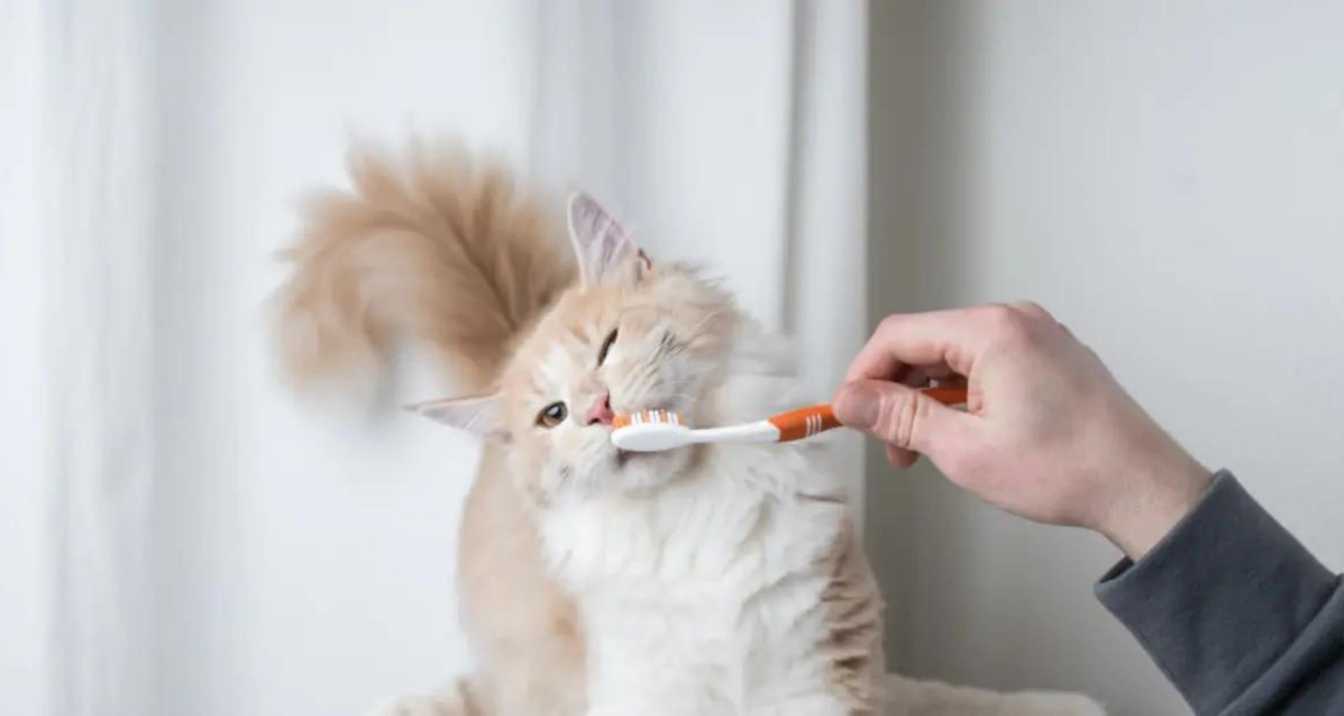
The benefits of regular teeth cleaning include preventing dental diseases, reducing bad breath, and ensuring your cat can eat and groom comfortably. It also helps in early detection of other health problems like mouth ulcers or growths.
Getting Started: Tools You Need
You will need the right tools to properly clean your cat’s teeth.
Cat-Friendly Toothbrushes and Toothpaste
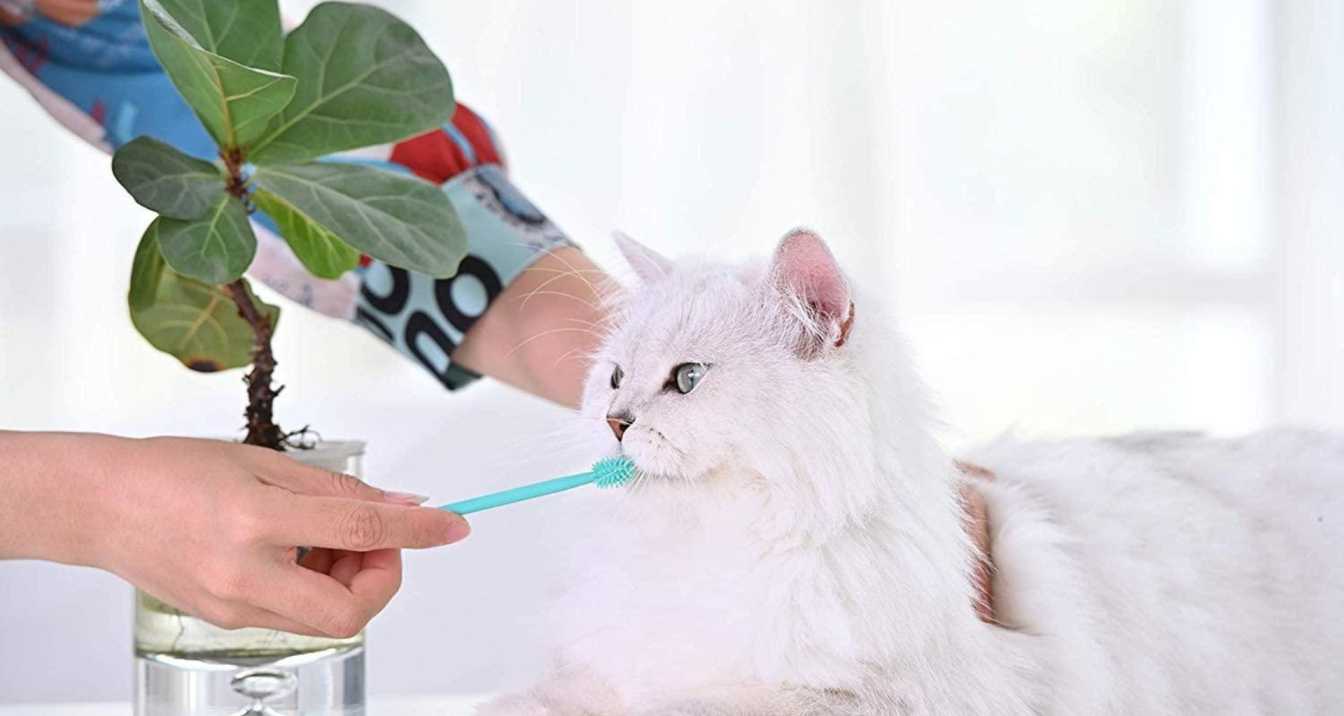
You cannot use human products to clean their teeth. There are toothbrushes and toothpastes suitable for cats, which have soft bristles. And they are small. You can easily use them in your cat’s mouth. Always use toothpaste that is specifically for cats. Avoid human toothpaste.
Read more: Can Cats Get Colds? | Sharpsburg Vet
Dental Treats and Toys
In addition to toothbrushes and toothpaste, dental treats and toys can help maintain your cat’s dental health. These treats are formulated to reduce plaque and tartar buildup. Dental toys are designed to clean your cat’s teeth as they chew on them, providing an easy way to promote dental hygiene.
Alternative Cleaning Tools
Apart from these, you also have the option of dental wipes or gel. These will help your cat reduce plaque and freshen breath. However, brushing remains the most effective method for cleaning your cat’s teeth.
Step-by-Step Guide to Cleaning Your Cat’s Teeth
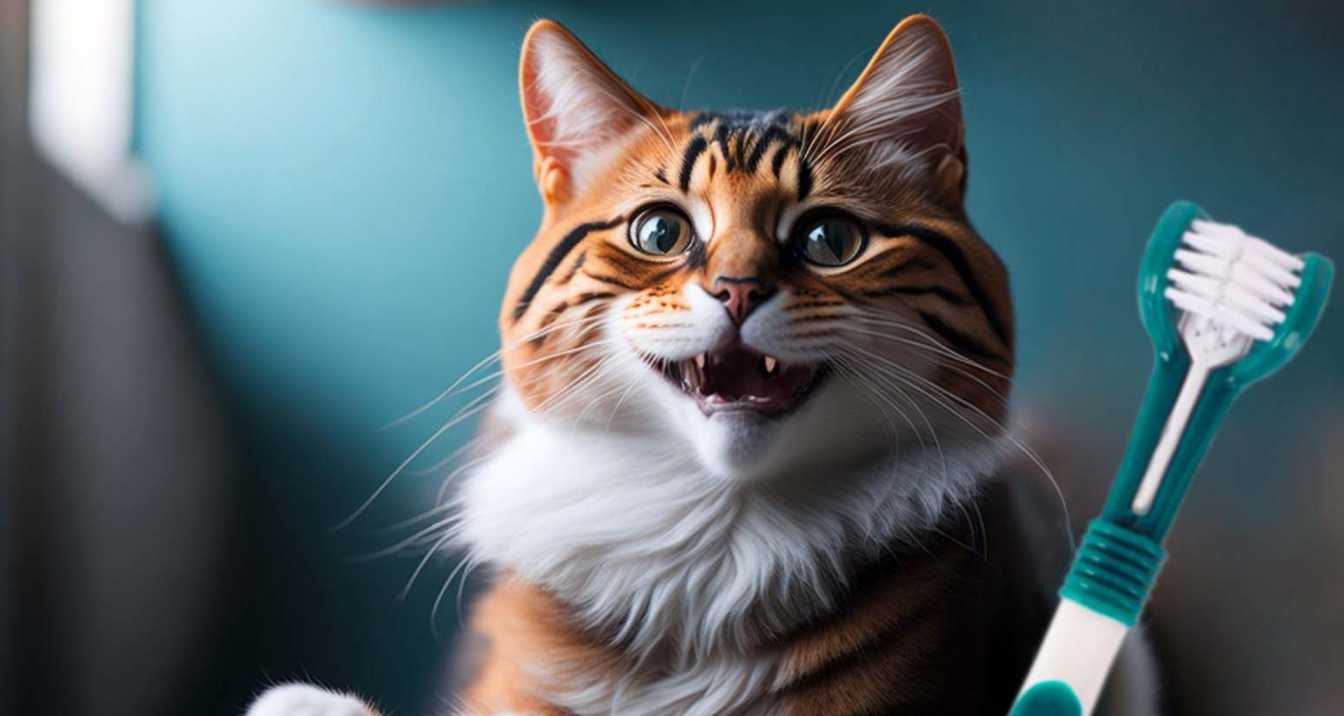
Cleaning your cat’s teeth might seem challenging, but following these steps can make the process easier and more effective.
Getting Your Cat Comfortable
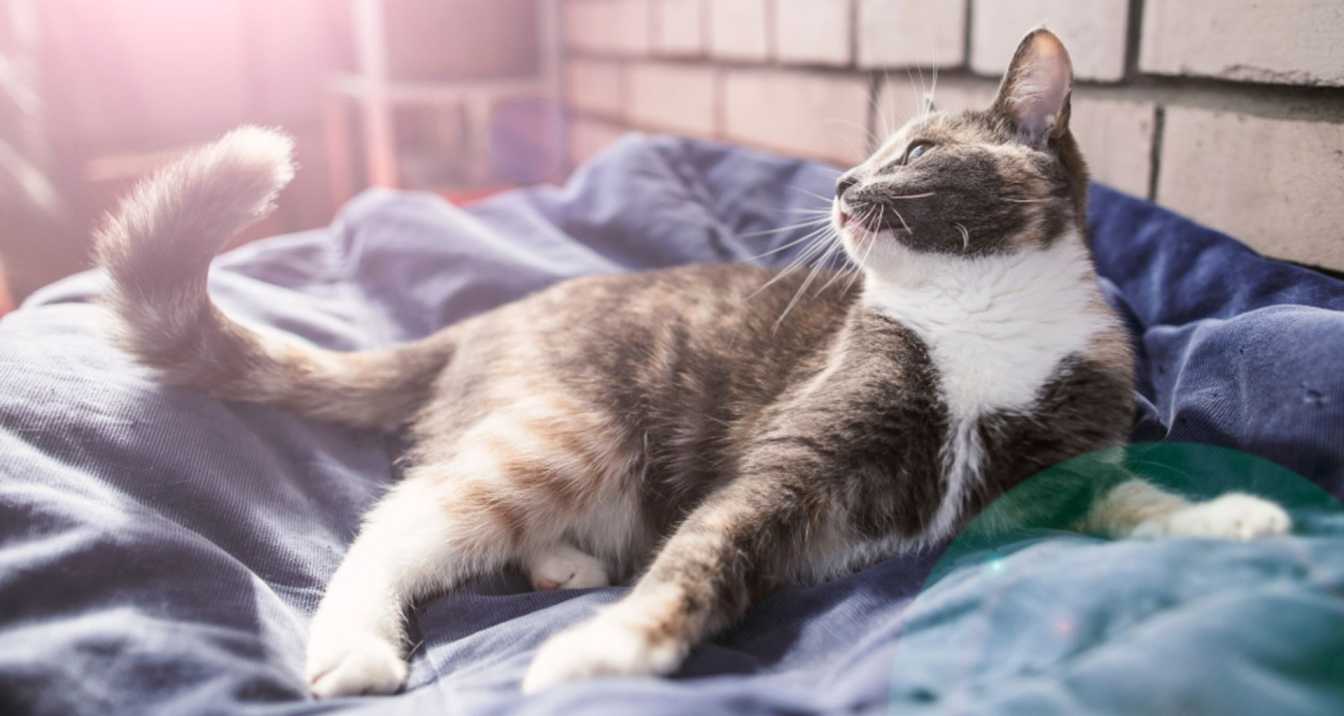
- Start by gently handling your cat’s mouth and teeth daily to get them used to the sensation.
- Use your finger or a cat-friendly toothbrush to gently touch their teeth and gums.
- Reward your cat with treats or praise to create a positive association with the process.
Introducing the Toothbrush
- Choose a cat-friendly toothbrush with soft bristles and toothpaste made specifically for cats.
- Let your cat sniff and lick the toothbrush with toothpaste to get familiar with it.
- Gently lift your cat’s lips and brush in small, circular motions, focusing on the outer surfaces of the teeth.
- Keep sessions short initially, gradually increasing the duration as your cat becomes more comfortable.
Common Challenges and How to Overcome Them
Cleaning your cat’s teeth can present several challenges, but these tips can help you overcome them. If your cat resists, start slowly by getting them used to having their mouth touched. Use a cat-friendly toothbrush and toothpaste made specifically for cats to make the experience more pleasant. Gradually increase the time spent brushing, rewarding your cat with treats and praise to reinforce positive behavior.
Tips for Success
Patience and consistency are key to success. Choose a quiet, comfortable environment to minimize stress for both you and your cat. Supplement your efforts with dental treats and toys to help maintain your cat’s dental health. Regularly check your cat’s mouth for signs of dental issues such as redness, swelling, or bad breath, and consult your vet if needed
Additional Tips for Maintaining Your Cat’s Dental Health
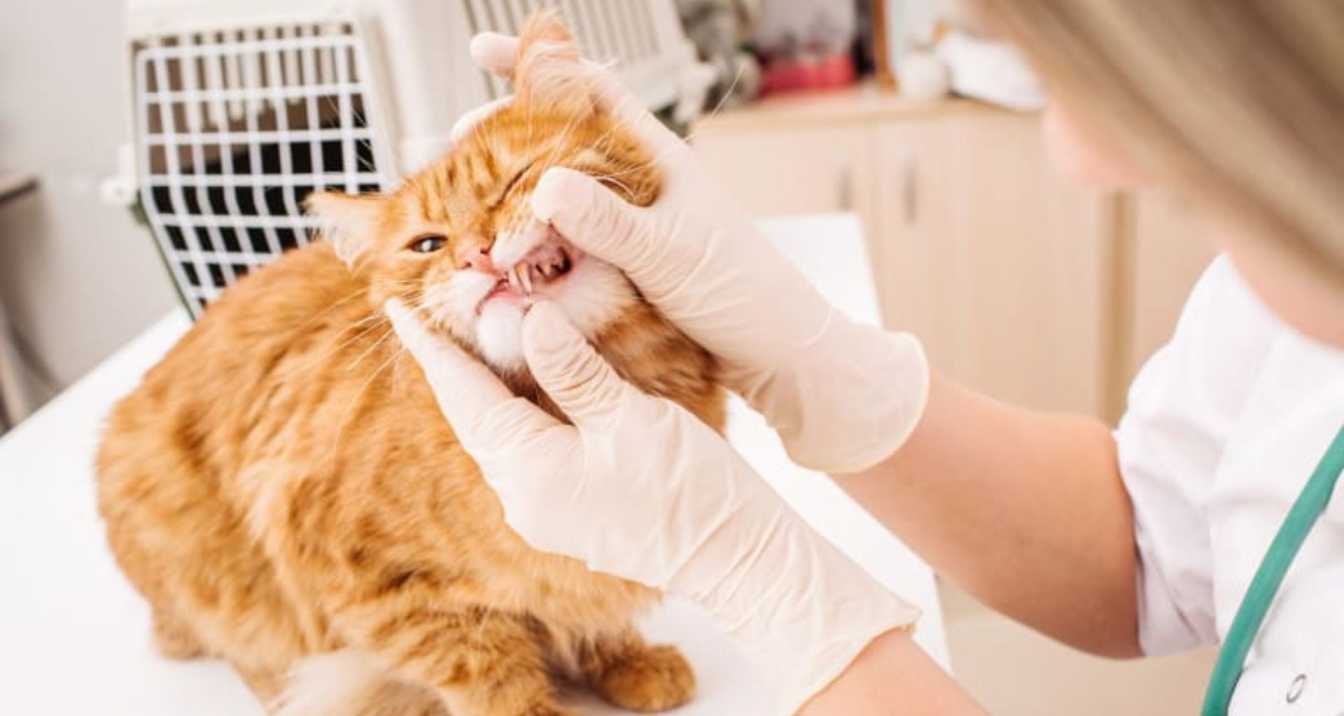
To ensure you know How to Clean Your Cat’s Teeth Effectively, here are some additional tips to keep your cat’s dental health in top shape.
| Tip | Description |
| Regular Veterinary Check-Ups | Schedule annual vet visits for professional cleanings and dental check-ups. |
| Dietary Choices | Feed dental-friendly foods to reduce plaque and tartar buildup. |
| Watch for Signs of Dental Problems | Look out for bad breath, drooling, difficulty eating, or swollen gums. |
| Dental Treats and Toys | Use products designed to reduce plaque and tartar while being enjoyable for your cat. |
Signs of Dental Issues in Cats
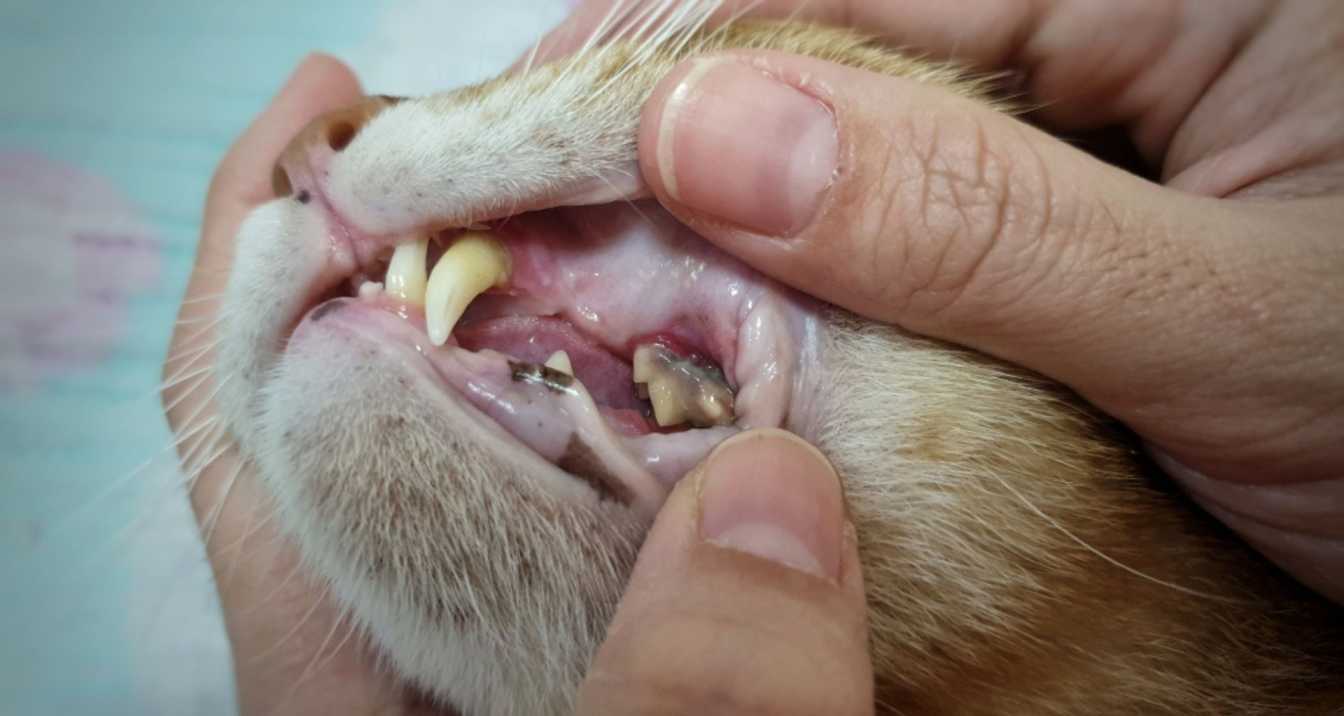
Early detection can prevent more severe health problems. Here are some common signs to watch for:
- Bad Breath: Persistent foul odor from your cat’s mouth.
- Drooling: Excessive drooling, often accompanied by pawing at the mouth.
- Difficulty Eating: Reluctance to eat, dropping food, or chewing on one side of the mouth.
- Red and Swollen Gums: Inflammation or bleeding gums.
- Tooth Discoloration or Loss: Visible changes in the color of teeth or missing teeth.
- Pawing at the Mouth: Frequent pawing at the mouth or face.
Conclusion
Maintaining your cat’s dental health is essential for their overall well-being. By understanding How to Clean Your Cat’s Teeth Effectively, you can prevent common dental issues such as plaque buildup, gingivitis, and periodontal disease. Regular brushing, combined with the right tools, dietary choices, and veterinary check-ups, can make a significant difference in your cat’s quality of life.
FAQ
| What If My Cat Refuses to Have Their Teeth Brushed?
Start slowly by getting them used to mouth handling. Use dental treats and toys or try dental wipes and gels as alternatives. |
| Are There Professional Dental Cleaning Services for Cats?
Yes, available at veterinary clinics under anesthesia. These cleanings remove plaque and tartar effectively. Consult your vet for more information. |
| How Often Should I Clean My Cat’s Teeth?
Ideally, daily. If not possible, aim for several times a week to prevent plaque buildup. |
